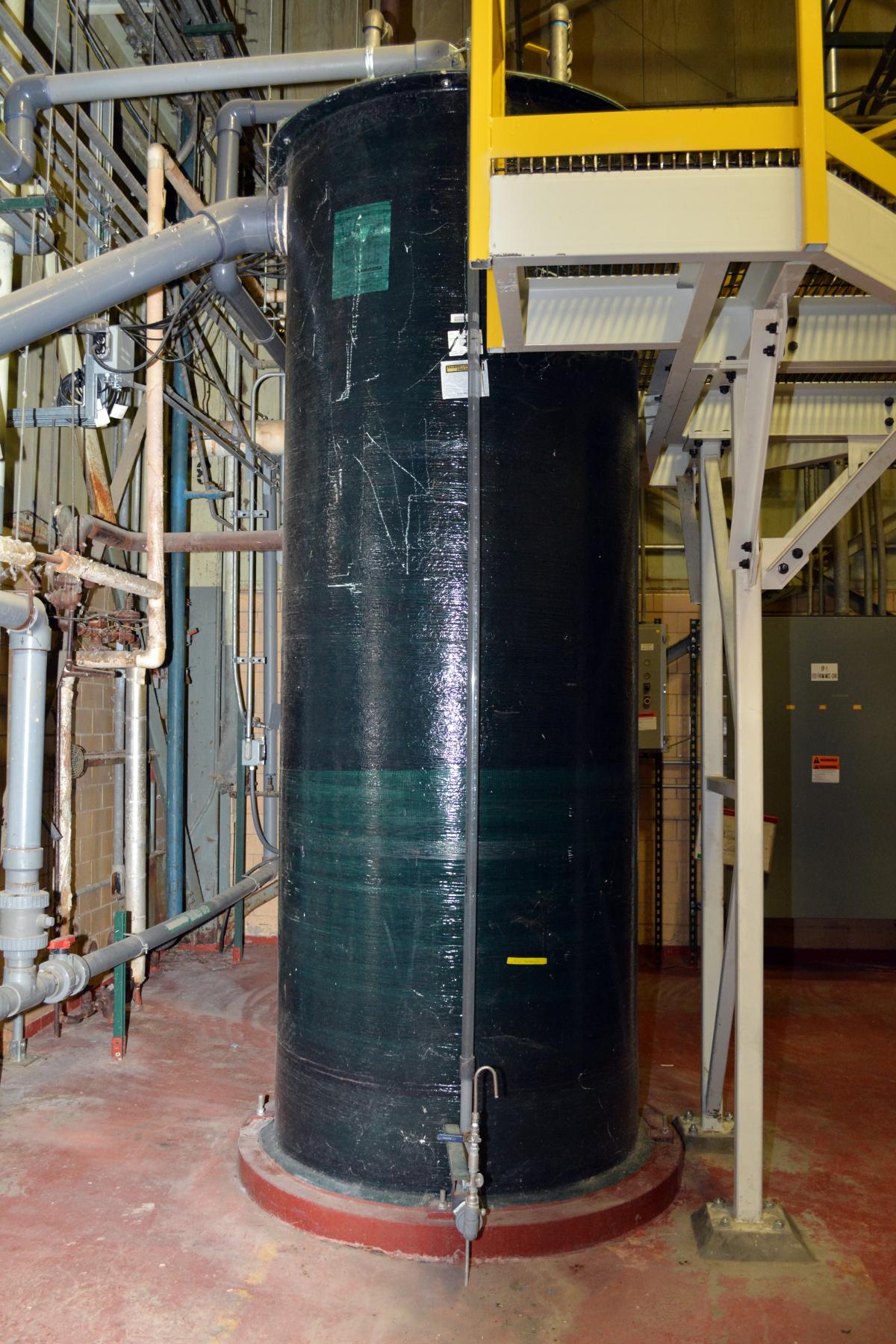Better Buildings Conserve Water and Cash
GM exceeded its Better Buildings Challenge by reducing water intensity by 28 percent. Here are a few tips to secure similar results.
Better Buildings Conserve Water and Cash
GM exceeded its Better Buildings Challenge by reducing water intensity by 28 percent. Here are a few tips to secure similar results.
General Motors joined the Department of Energy’s Better Buildings partnership, a group of more than 900 organizations aiming to become 20 percent more energy efficient over the next decade and setting goals to develop strategies to conserve resources. Participating companies committed to cumulatively save $3.1 billion and 3.47 million metric tons of CO2.
GM established its own goal within the Better Buildings Challenge to reduce water intensity, or the average amount of water used per vehicle produced, at its 31 U.S. operations by 20 percent by 2020. GM exceeded the goal four years early, reducing water intensity by 28.3 percent against a 2010 baseline.
GM’s commitment to conserve water spans its operations around the world, and the company encourages its suppliers to reduce their water use, too. But understanding that you can “lead a horse to water, but you can’t make it drink,” here are some of the strategies Todd Williams, GM’s senior project engineer for water and wastewater treatment, has identified as best practices for effective water conservation.
1. Find a (re)use for everything: Wastewater in manufacturing operations can be used in a number of different applications, from cooling processes to toilet flushing. Evaluate where there is wastewater and determine if that resource can be used for a process that doesn’t require high water-purity standards.
For example, Flint Assembly will soon use reverse osmosis to purify city water for the vehicle paint process. During the purification process, RO machines will generate a stream of highly concentrated reject water. Instead of sending that reject water to industrial waste, this site will use it to help filter air in the paint booth. This process will save the facility 7.5 million gallons of water and $100,000 annually. Some other GM facilities use RO reject water similarly or as cooling tower make-up water.
The Detroit Hamtramck Assembly plant saves nearly $2 million every year by reusing rainwater for manufacturing processes, like in cooling towers or to make high-purity water for the paint shop. GM also sends some of the water to Detroit Renewable Power, which turns it into steam to heat and cool the assembly plant, as well as 145 other Detroit businesses.
2. Take a different approach: While strategies like stormwater and RO reject water reuse are great solutions at some GM facilities, not all climates and processes allow for the same methods. Saving water is about finding the right mix of strategies.
“We consider various water saving and reuse techniques,” said Williams. “Once we prove out the technical strategy and economic business case, we implement the best projects for each location.”
Considerations go beyond cost to safety of the plan, chemicals needed, energy used and quality of water required.
3. Tap into your resources: Ask for everyone’s input, from consultants and equipment and chemical suppliers to the operators and engineers who work in the facility every day. Each person’s unique job experience can spark an idea for sustainable change.
“Understanding the technical processes, and a lot of persistence, is what’s needed to drive change in manufacturing,” said Williams. “Working as a good teammate, sometimes with a little bit of humor, helps to get buy-in from leadership and the assistance to get things done.”
Read more water saving best practices from Todd Williams here.



